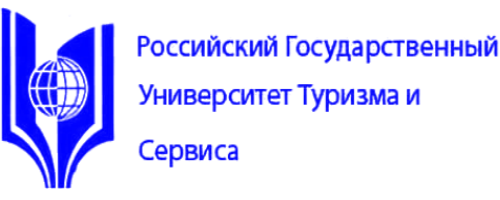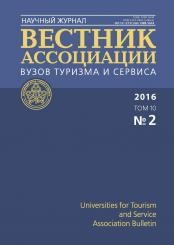This article is a continuation of the study by the same authors on the relationship of mathematics achievement in high school with academic performance in mathematics and other subjects at school. Adding statistics on students of the firstyear ofRussian State University of Tourism and Service allowed to increase the sample size in several times and to obtain more reliable results, which were originally obtained only for students of Finance and Technology Academy (FTA). Data was collected from 104 students FTA ofthe first year (2013/2014 year students) and 290 students ofRSUTS of the first year (2012/2013 year of study), and the later were represented by 180 students from the Faculty of Economics (FE), and 110 students from the Faculty of service (FS). For FTA the data contain the following parameters: the average score in mathematics in the certificate, the USE in math, USE in Russian, a total score of USE (Unified State Examination) to enroll in college and academic performance in high school mathematics. For RSUTS the data was obtained on the same parameters, except for the average score in mathematics in the certificate. For these parameters were found accurate interval estimates of the correlation coefficients, as well as histograms of frequencies to test the hypothesis of normal distribution. For statistical calculations and histograms the authors used formulae oj"mathematicalstatistics andcomputersoftwareforstatisticaldata processing STATISTICA. The study of interval frequency parameters showed that the USE in Russian has a distribution of frequencies close to the normal law. While the frequency of USE in math scores is significantly different from the normal distribution. This suggests a significant impact on the results of USE in maths by factors which do not possess the nature of the random deviations. It is shown that admission to university, and as a result a new life stage, a change of scenery and teachers provide students with additional opportunities in revealing mathematical abilities.
achievements, mathematics, Unified State Exam
Качество образования является значимым фактором для любой страны, однако, как свидетельствует статистика, по этому параметру Россия теряет свои позиции. Об этом свидетельствуют, например, опубликованные недавно итоги исследования ОЭСР «Международной программы по оценке образовательных достижений учащихся» (PISA) за 2012 г. [3].
PISA — тест, оценивающий грамотность школьников в разных странах мира и умение применять знания на практике. Проходит раз в три года. Был разработан в 1997 г., впервые прошел в 2000 г. В исследовании 2012 г. основное внимание уделялось математической грамотности и выявлению тенденций развития математического образования в мире за последние годы. В тесте 2012 г. принимали участие около 510 тыс. подростков в возрасте от 15 лет 3 месяцев до 16 лет 2 месяцев из 65 стран. Тест состоял из различных вопросов и заданий по математике, естествознанию и чтению.Согласно итогам исследования PISA за 2012 г. (таблица 1), лучшее среднее образование — в странах Восточной Азии: Шанхай (Китай), Сингапур, Гонконг (Китай), Тайвань, Республика Корея; в Европе в десятке лидеров — Финляндия, Польша, Швейцария, Нидерланды. Во всех трех исследованиях и по всем трем направлениям российские школьники показали результаты ниже среднего по ОЭСР уровня.
1. Agakhanov N.Kh. Po komu v Rossii «zoloto» plachet. Uchitel´skaya gazeta. 10.09.2013. № 37.
2. Borovikov V.P. Iskusstvo analiza dannykh na komp´yutere. SPb.: Piter, 2003. 688 s.
3. Organizatsiya ekonomicheskogo sotrudnichestva i razvitiya (OESR). Ofitsial´nyy sayt: http://www. oecd.org/pisa/keyfindings/pisa-2012-results.htm (data obrashcheniya: 06.02.2014).
4. Feller V. Vvedenie v teoriyu veroyatnostey i ee prilozheniya. V 2-kh tomakh. M.: Mir, 1984.





